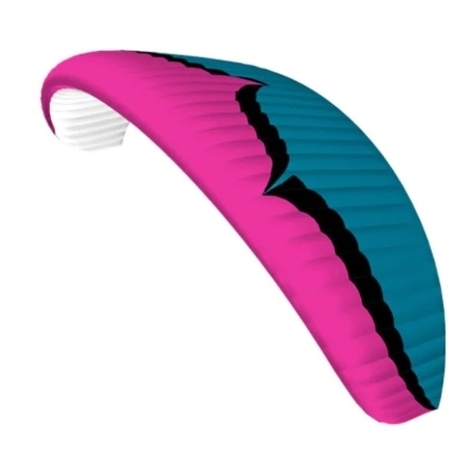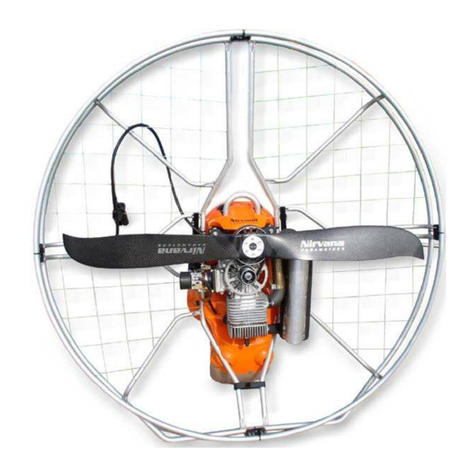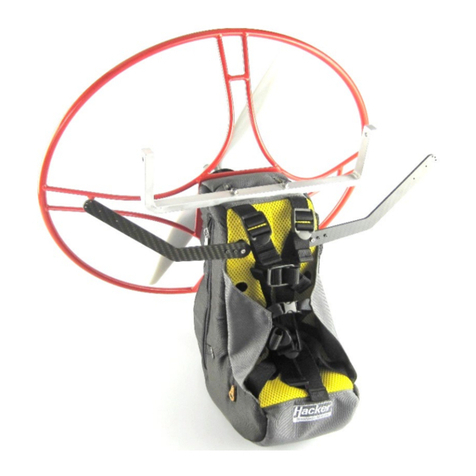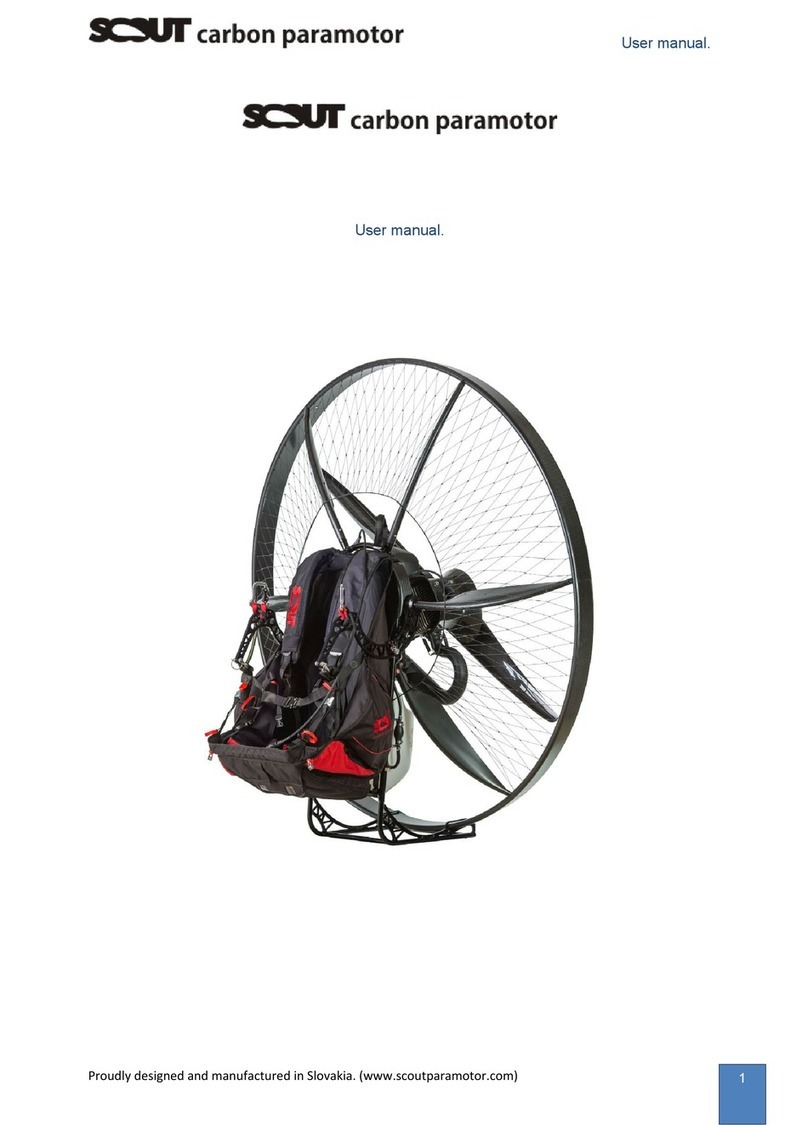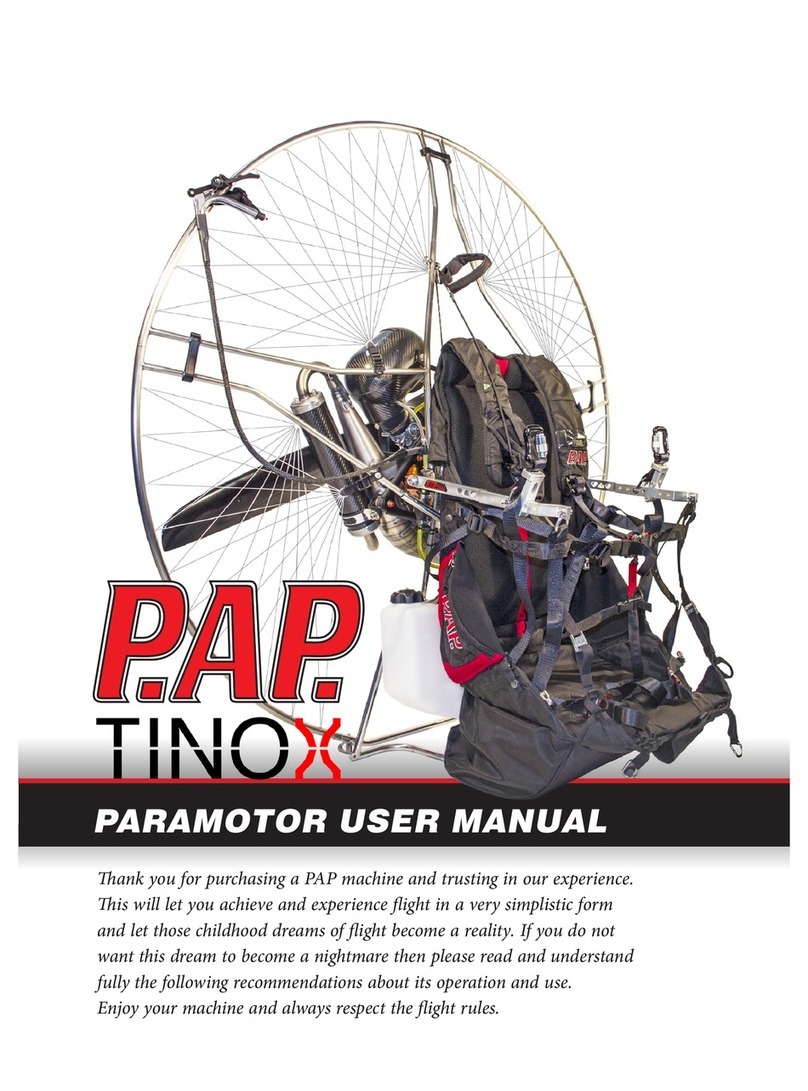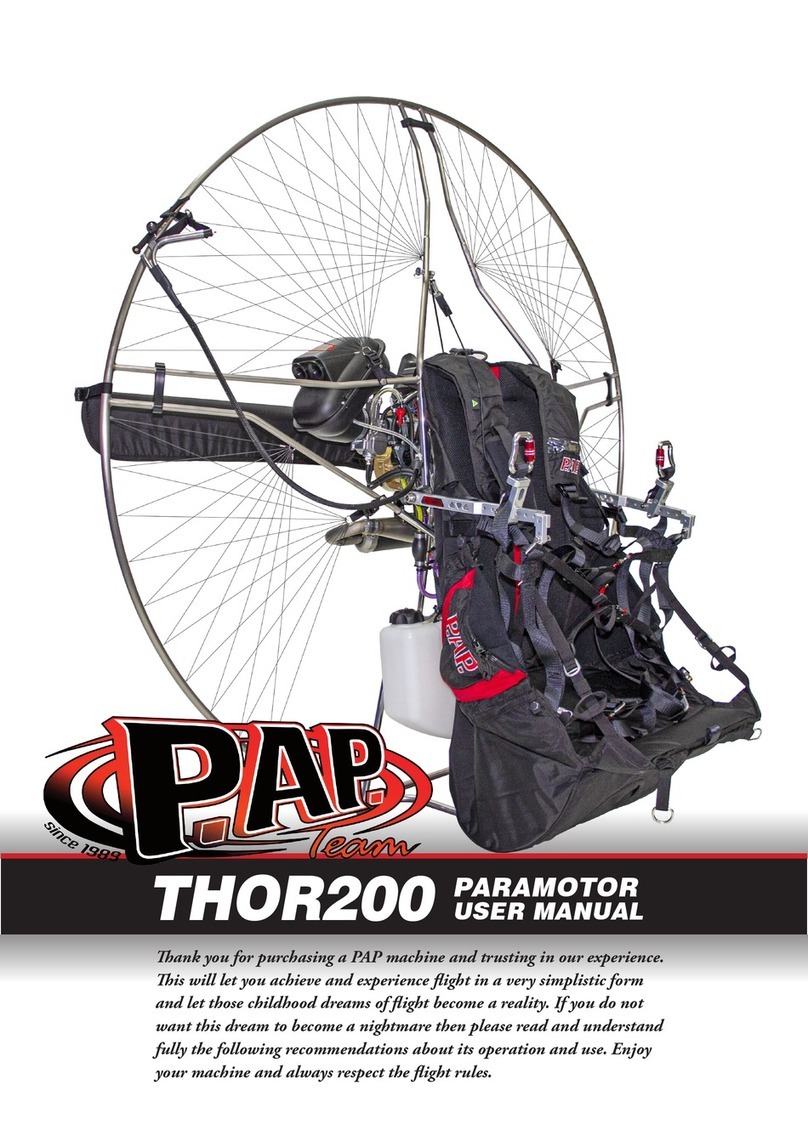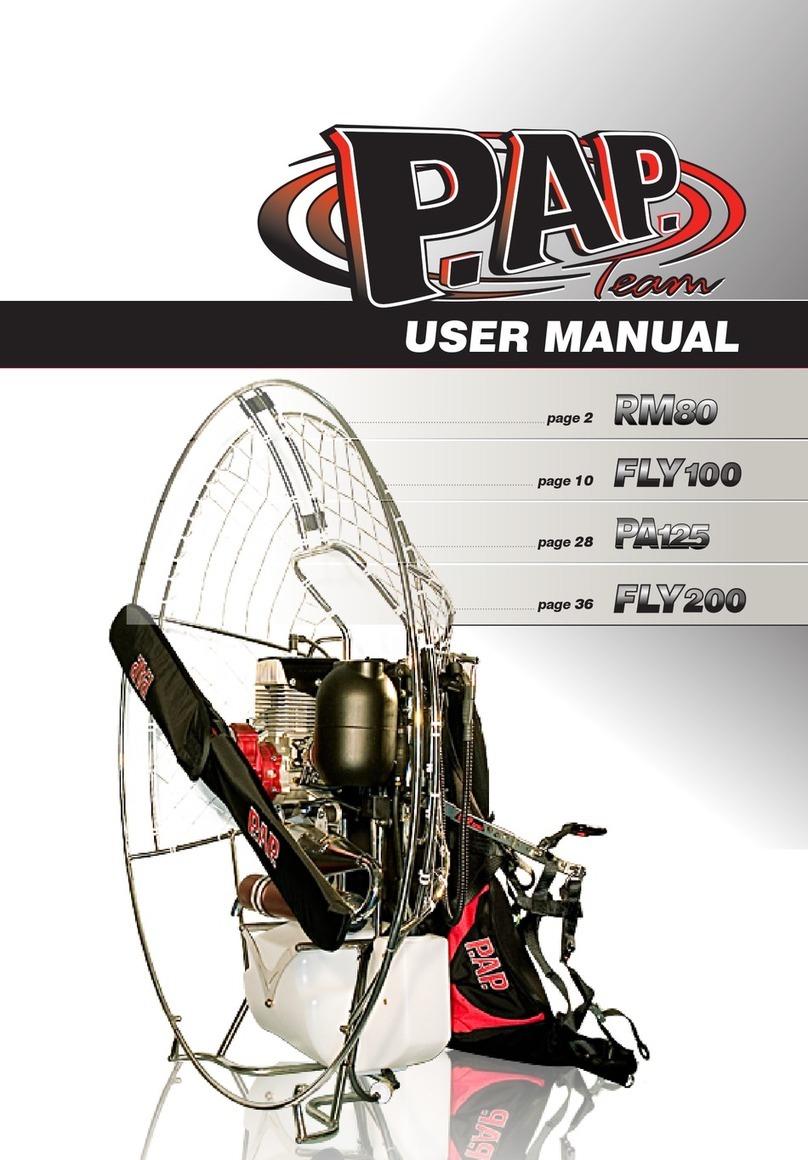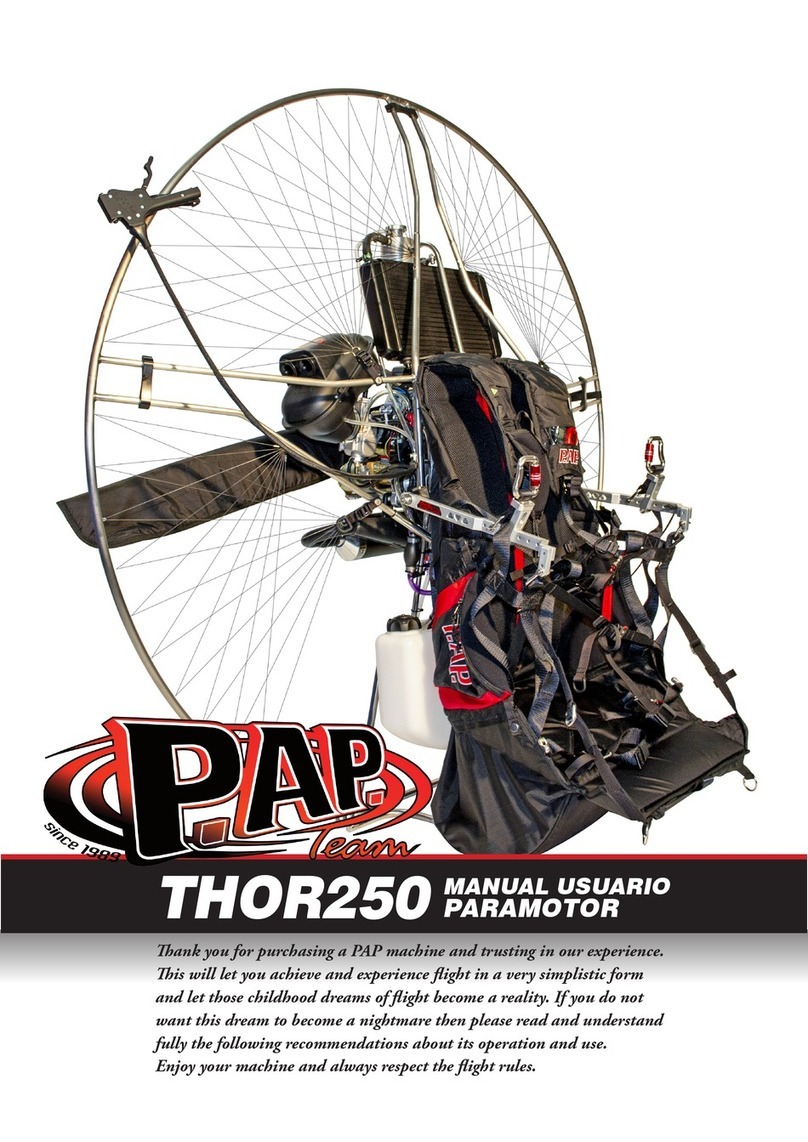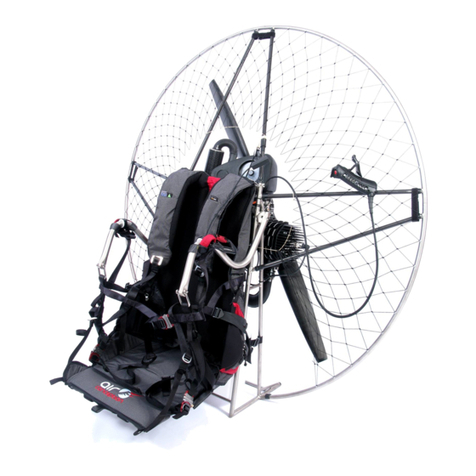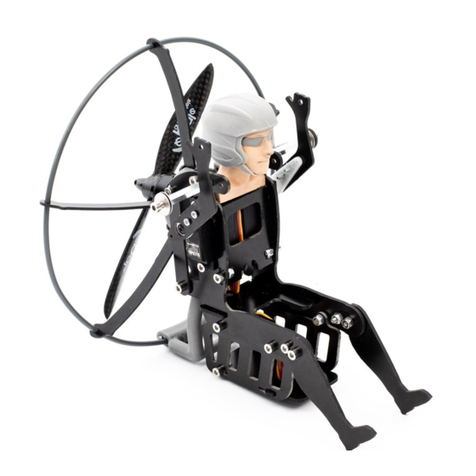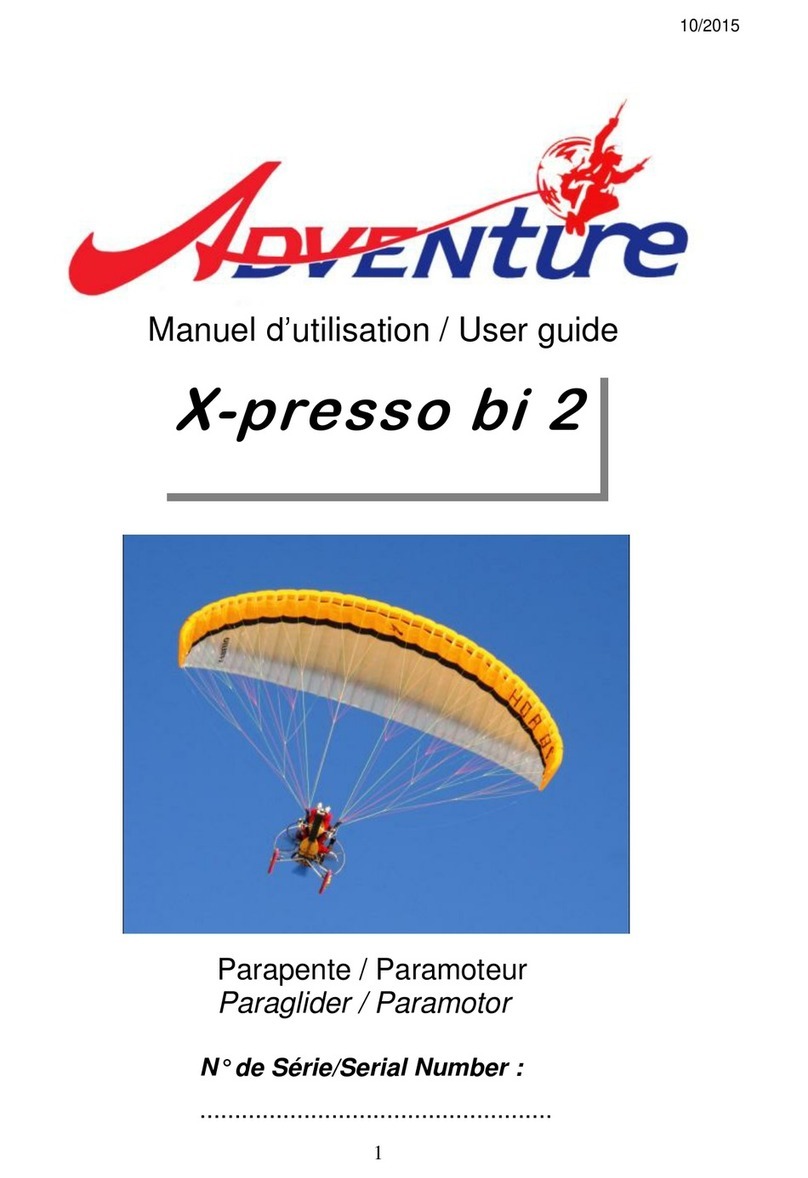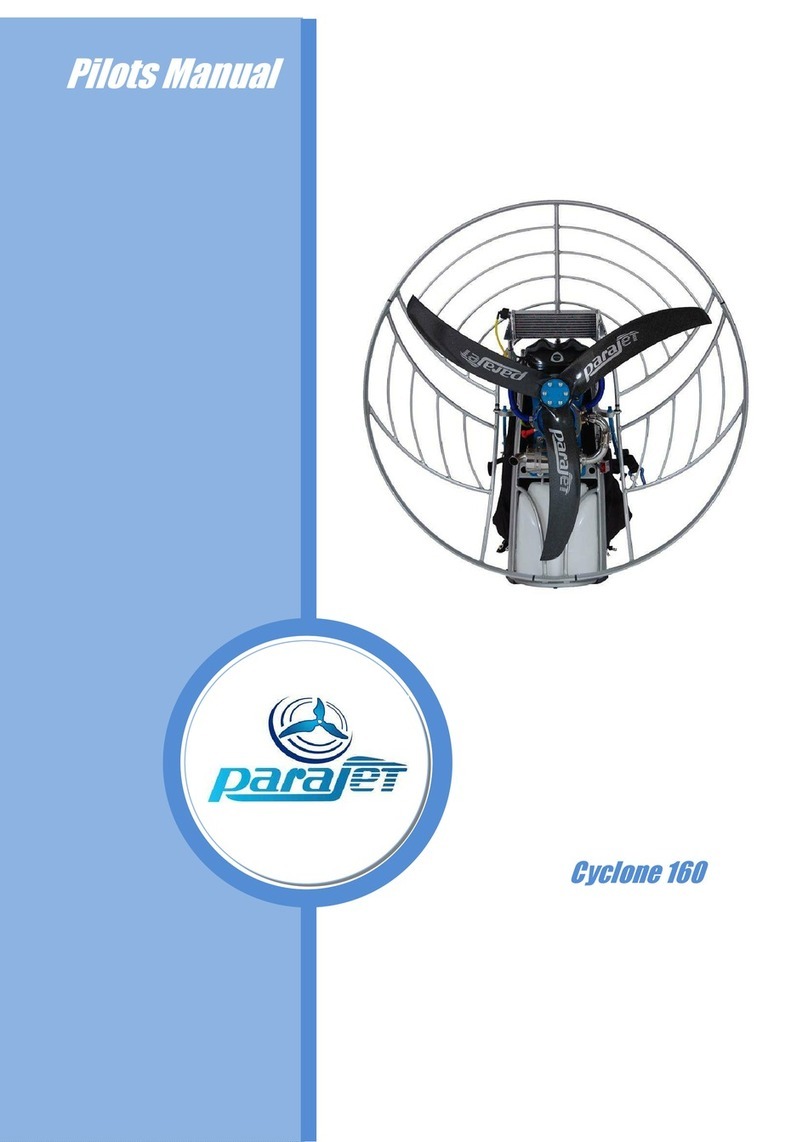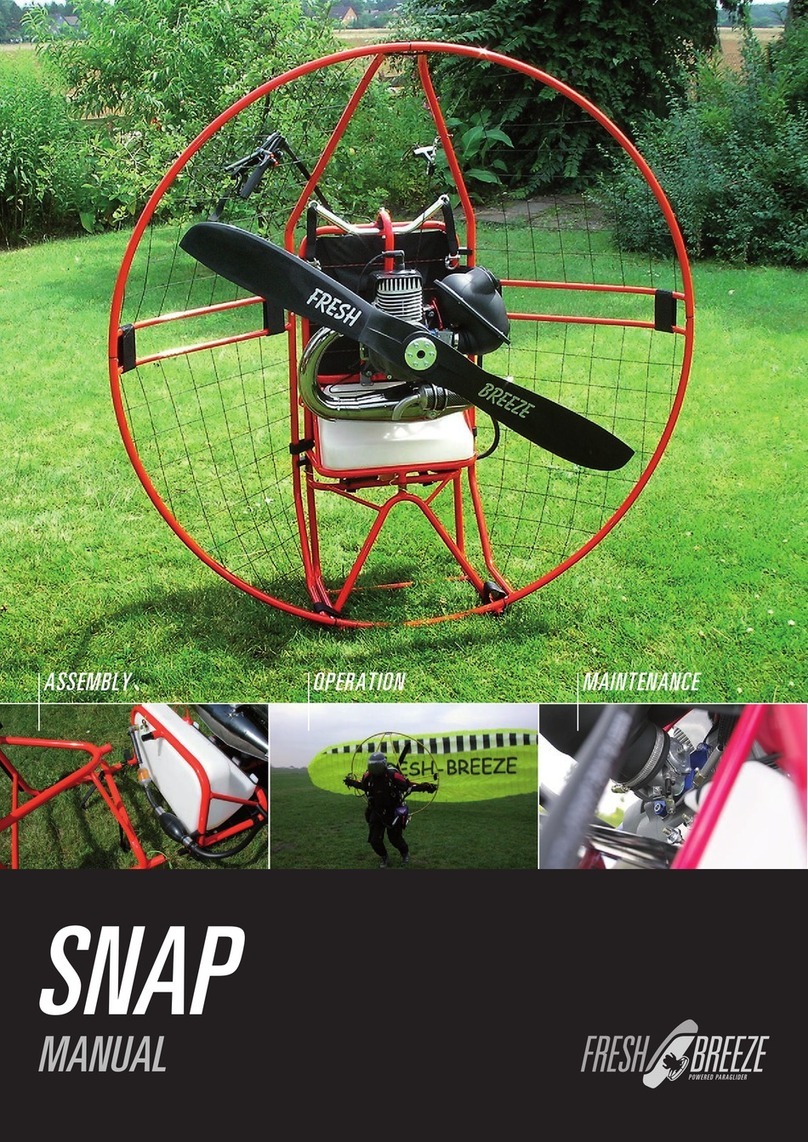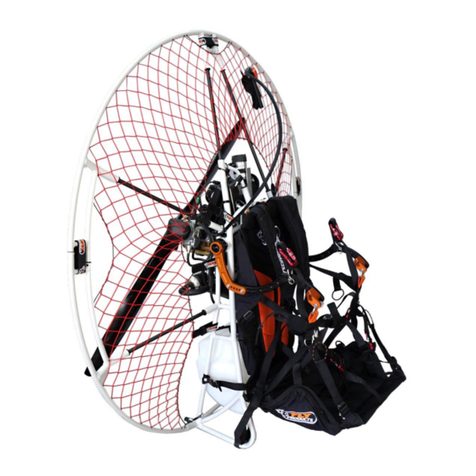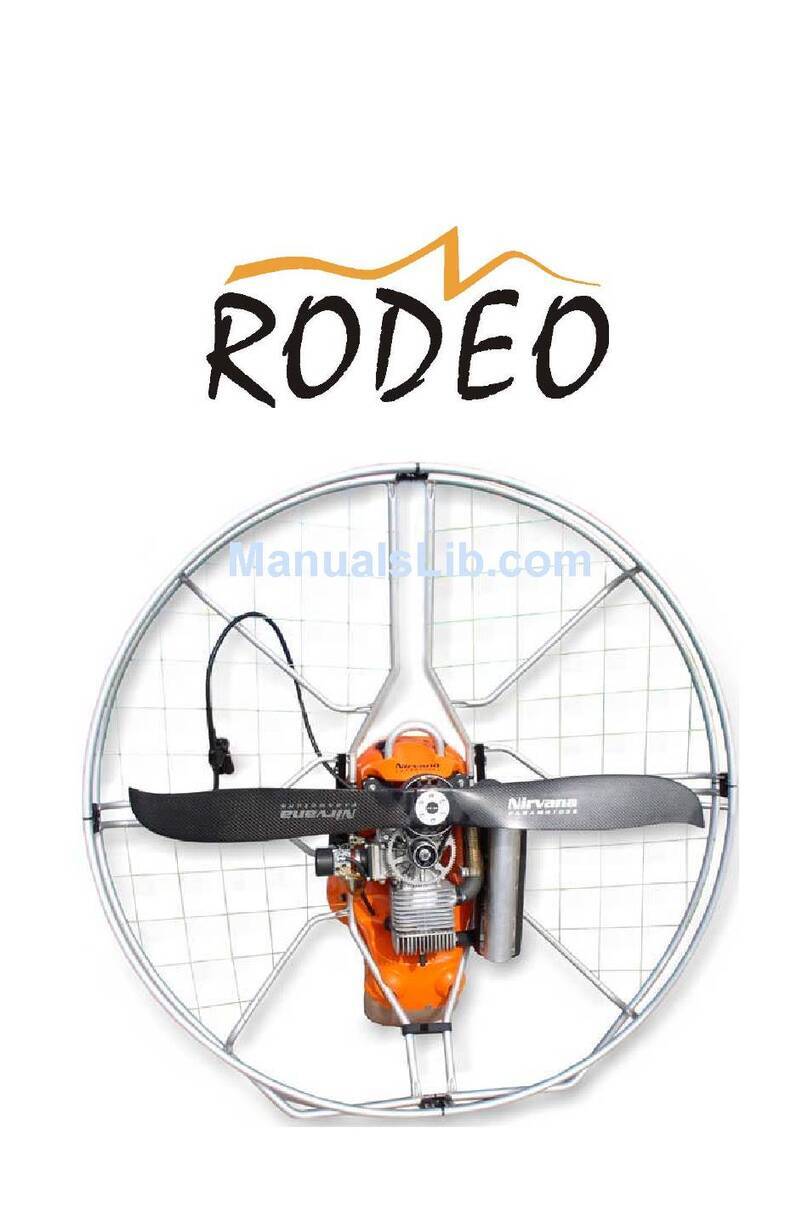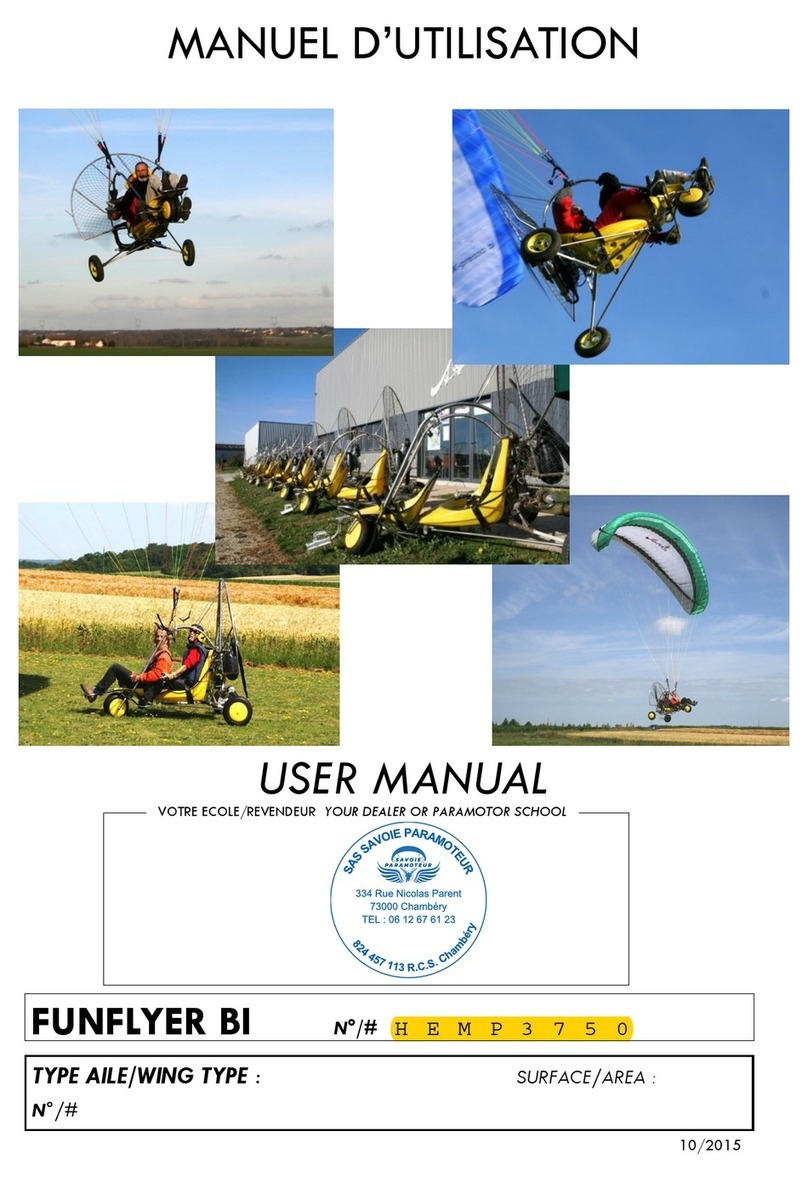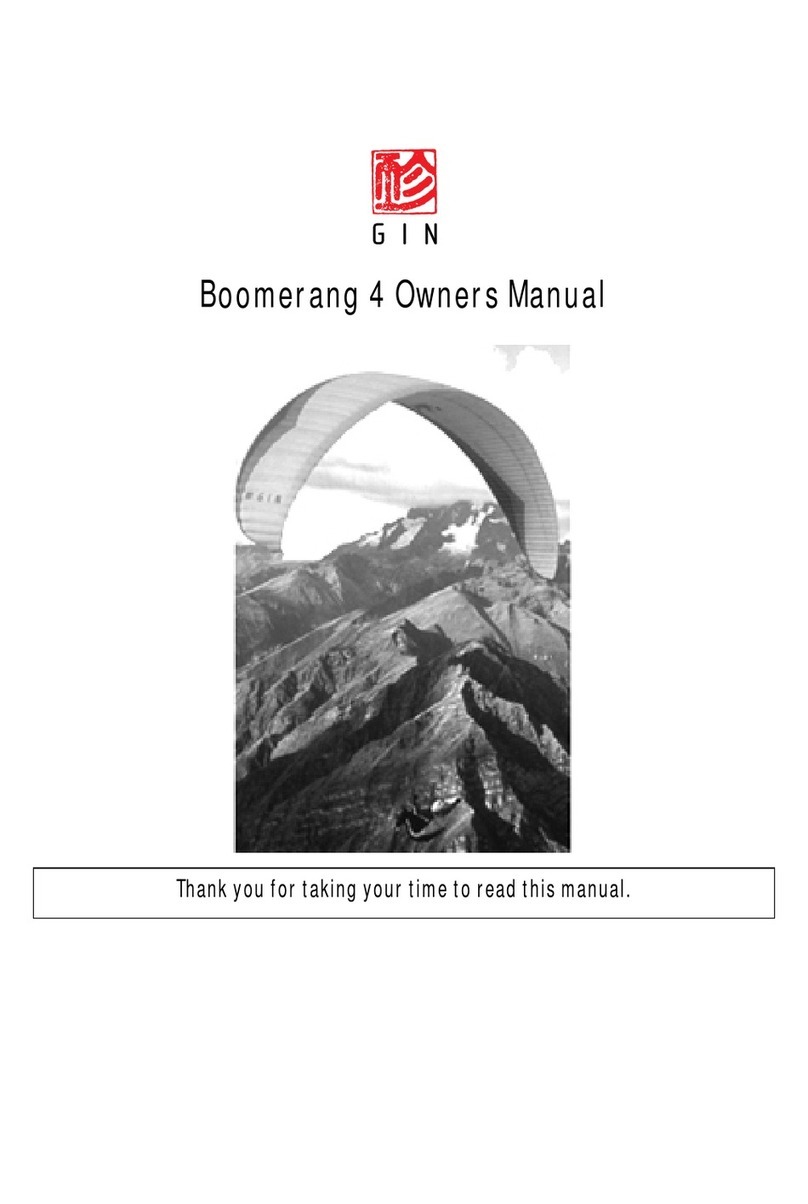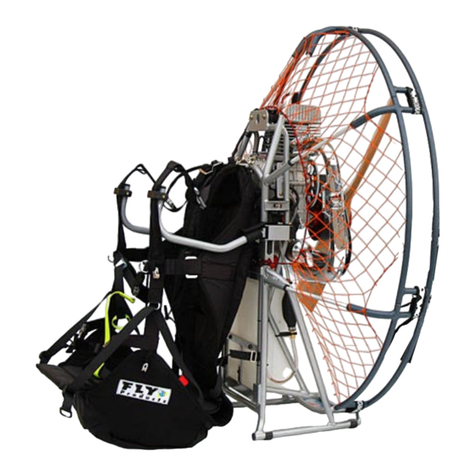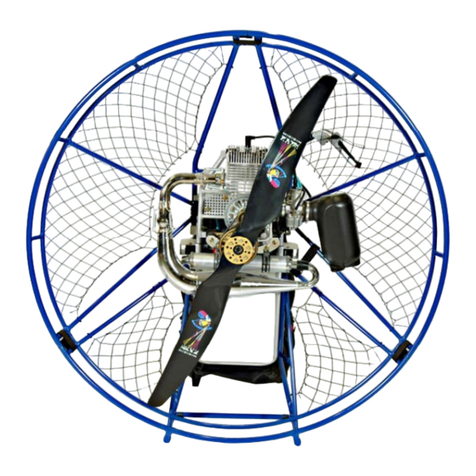
PAP WARRANTY COVERAGE
1. - The warranty is for a period of 2 years from the time of delivery.
2 . - It ensures product conformity according to the use for which it is intended.
3 . - Within the warranty period of the first 6 months, we will evaluate without charge, any malfunction of the unit due to
manufacture error, either by repairing, or the replacement of damaged parts. If this is not possible, we will then replace the
complete unit, provided that the chosen option is feasible, and not economically disproportionate to the replacement of the
faulty part, this decision will be decided at our discretion. To qualify for repair, the owner should contact an authorized service
dealer, alternatively please contact the factory directly.
4 - The guarantee, referred to in paragraph 1, is suspended during repair. The suspension period will start from when the
consumer delivers the unit to our dealer, and ends with the delivery of the unit to the customer. Consequently, the warranty is
extended for the repair period.
Excluding the responsibility of guarantee:
This warranty is void in cases of : misuse, improper use , tampering, deterioration of the unit due to external agents such
as harmful products , chemicals, corrosive obstructive, or due to improper maintenance, lack of cleaning or the use of
non-original spare parts for our brand.
Also not covered under this warranty, any failures from misuse, as understood due to the situations described below:
1.- The use of propellers which are not supplied by PAP or repaired by particulars or professionals who are not the
manufacturers who supply the propellers to PAP, will mean the cancellation of all guarantee rights. ( This norm is due to
the vibration produced by propellers which do not correspond to the engine model or unbalanced due to an incorrect
reparation, all this can produce imperfection on the engine or frame, which in no way are imperfections from the
manufacturer. )
2.- The guarantee does not contemplate the seize-up of the cylinder. ( Mechanically this is understood as the engine
goes through a quality control at the manufacturer and the tests done at the PAP workshop., it should never seize-up
unless there is not enough oil in the mixture or that the mix of air and gasoline is disproportioned, due to dirt in the
carburettor, a defective joint or a sparkplug not tightened properly. Resuming, due to the loss of stagnation on the
engine blocks, factors which can always be avoided following the recommendations and most important of all revising
periodically the engine ).
Shipping costs to the factory will be borne by the customer.
